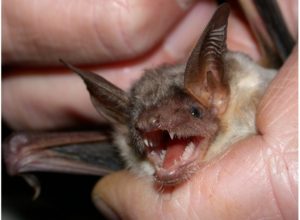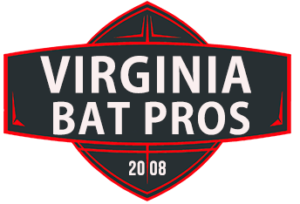
Virginia Bat Removal and Control 804-729-9097
Although microbats are the common suborder of bat found in Virginia, there approximately 1,000 species found around the world. Here in Virginia, there are not that many species flying around. In fact, there are only a select few that are the most common among nuisance bat problems. Continue reading to learn which species of microbats are common here in Virginia, and what you can do to protect your home from an infestation.
Let’s Start With Endangered Species
There are 3 particular species of bat in Virginia that are Federally-endangered, and 1 that is state-endangered (Rafinesque’s Big-Eared Bat). All of them are currently protected by the Endangered Species Act. This act strictly prohibits anyone from attempting to “harass, harm, pursue, hunt, shoot, wound, kill, trap, capture, collect, or attempt to engage in any such conduct” with any endangered or threatened species of wildlife, including bats. The bats that are on this list include:
🦇 Gray Bat (Myotis grisescens)
🦇 Indiana Bat (Myotis sodalist)
🦇 Virginia Big-Eared Bat (Corynorhinus townsendii virginianus)
🦇 Rafinesque’s Big-Eared Bat (Also known as the Southeastern Big-eared Bat)
Additional Species of Bat in Virginia
Aside from endangered species, there are 12 other non-game protected species of bat that are commonly found in Virginia. These include the Eastern Small-footed Bat, Northern Long-eared Bat, Eastern Pipistrelle Bat, Silver-haired Bat, Eastern Red Bat, Hoary Bat, Seminole Bat, American Long-Eared Bat, Lump-Nosed Bat, Ozark Big-Eared Bat, Townsend’s Big-Eared Bat, and the Northern Myotis.
Nuisance Bats in Virginia
In terms of nuisance wildlife problems, the species of bat that are often found dwelling inside attics, garages, decks, crawl spaces, and more include the Big Brown Bat (Eptesicus fuscus), Evening Bat (Nycticeius humeralis), and Little Brown Bat (Myotis lucifugus). Bat removal specialists often come across these three species when providing humane bat extraction and exclusion services in our state.
Virginia Bat Removal and Control

Virginia Bat Removal and Control 804-729-9097
